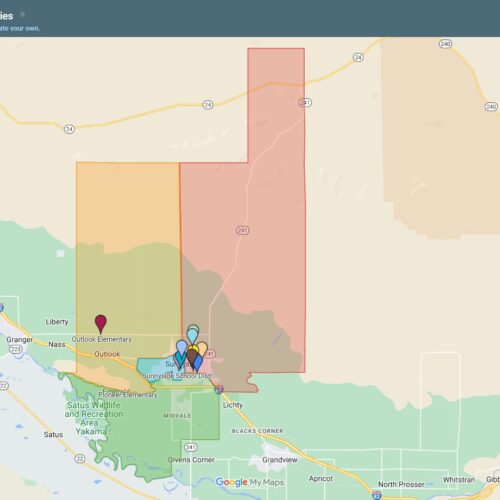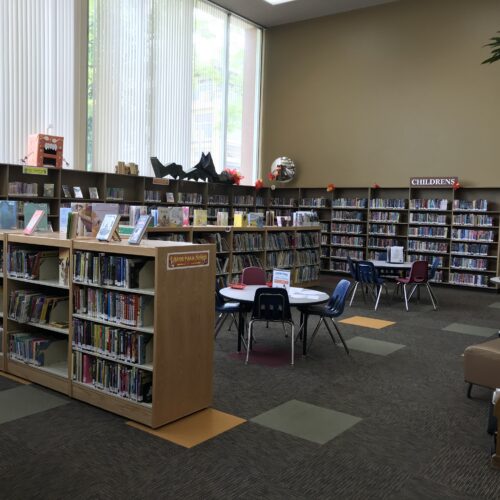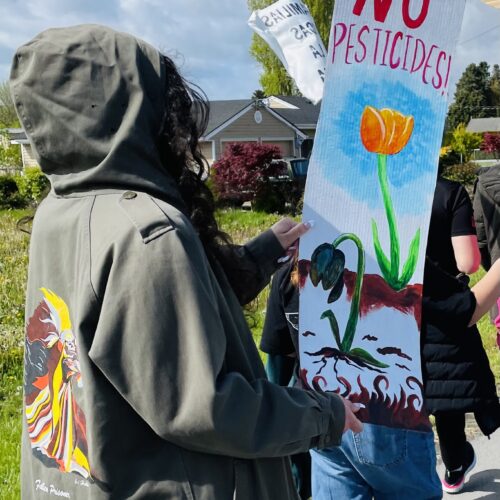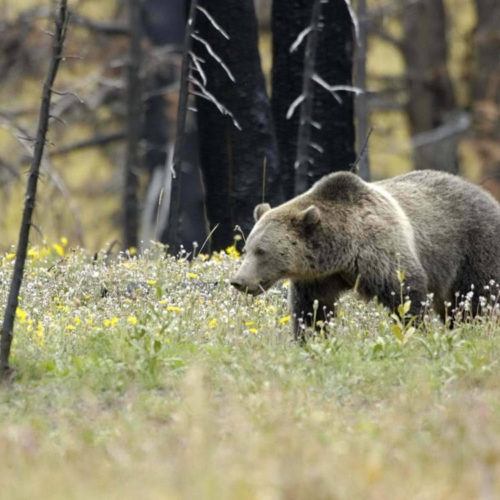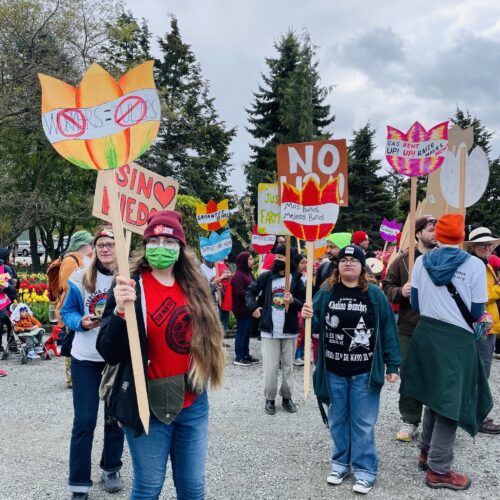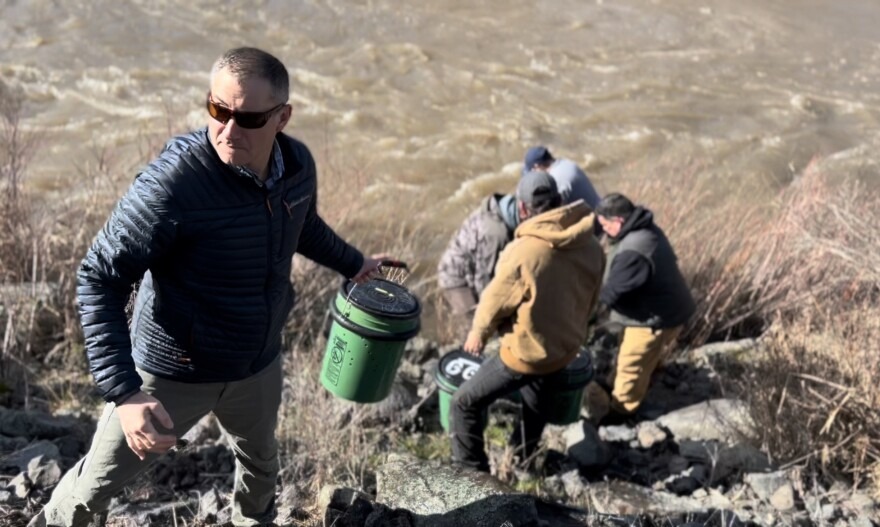
Feds announce millions in funding to bring salmon back to the Upper Columbia River
Listen
(Runtime 1:05)
Read
In a historic agreement, the federal government announced Thursday it will fund tribal efforts to bring salmon back to the Upper Columbia River. Two massive dams have blocked salmon from that part of the river for close to a century.
When Chief Joseph and Grand Coulee dams were built to provide power and flood relief to the Northwest, they cut off Upper Columbia tribes from salmon – a culturally important food source.
“It cannot be overstated what that took away from my people: the lack of not only to get those salmon out of the water but the gatherings that took place when it was time to get those fish,” said Hemene James, the vice chairman of the Coeur d’Alene Tribe.
After years of planning and cultural salmon releases above the two dams, the Upper Columbia tribes estimated they would need at least $183 million for the next 20 years.
The tribes held the first cultural and educational release above Chief Joseph Dam in 2019.
Now, Bonneville Power Administration has pledged $200 million over the next two decades to help with salmon recovery.
The agreement took years of negotiations, which helped strengthen relationships, said John Hairston, Bonneville Power Administration administrator and CEO.
“The foundation of any sound agreement is an open and honest discussion that fosters a broader understanding of different perspectives and interests,” Hairston said.
The agreement was signed Thursday in Washington, D.C. James called it “monumental.”
“This is a chance to mend some of the relationships that have been rocky with every agency in this town for nearly a century and a half for my people,” James said.
The Department of Interior is kicking in $8 million over the next two years.
Secretary of the Interior Deb Haaland said it is the federal government’s responsibility to make sure this decades-long plan happens.
“Today’s agreement took time. It took effort and an unwavering dedication to ensure that the federal government strengthens and honors its trust responsibilities to the tribes of this region,” Haaland said at a news conference.
During Phase 2 of the Implementation Plan, biologists plan to build interim hatchery and passage facilities. The plan requires no major changes to power production, flood control or irrigation services from the dams.
After years of ignoring tribal requests, the federal government looked at these efforts with an “open heart and open mind,” said Greg Abrahamson, Chairman of the Spokane Tribe of Indians Business Council.
“This allowed the United States to stop seeing only risks to the current way of doing things, and instead allowed the agencies to see how successful reintroduction can benefit the entire Northwest,” Abrahamson said.



